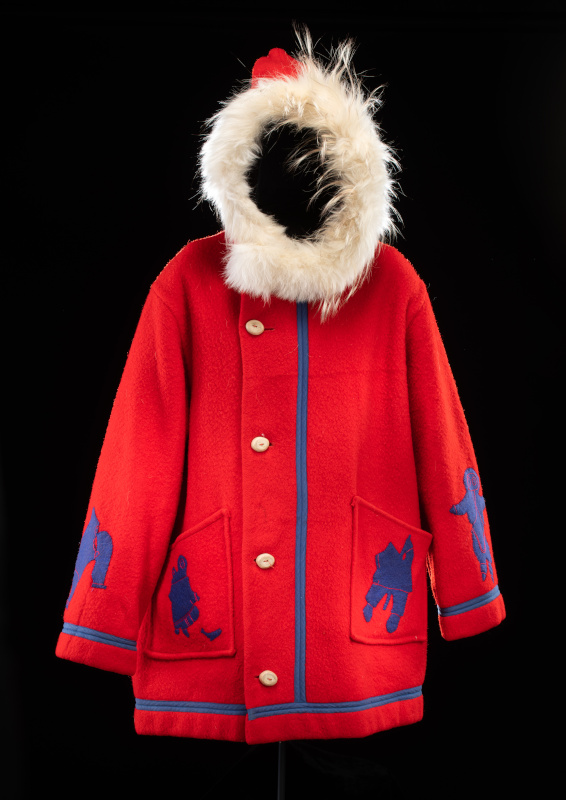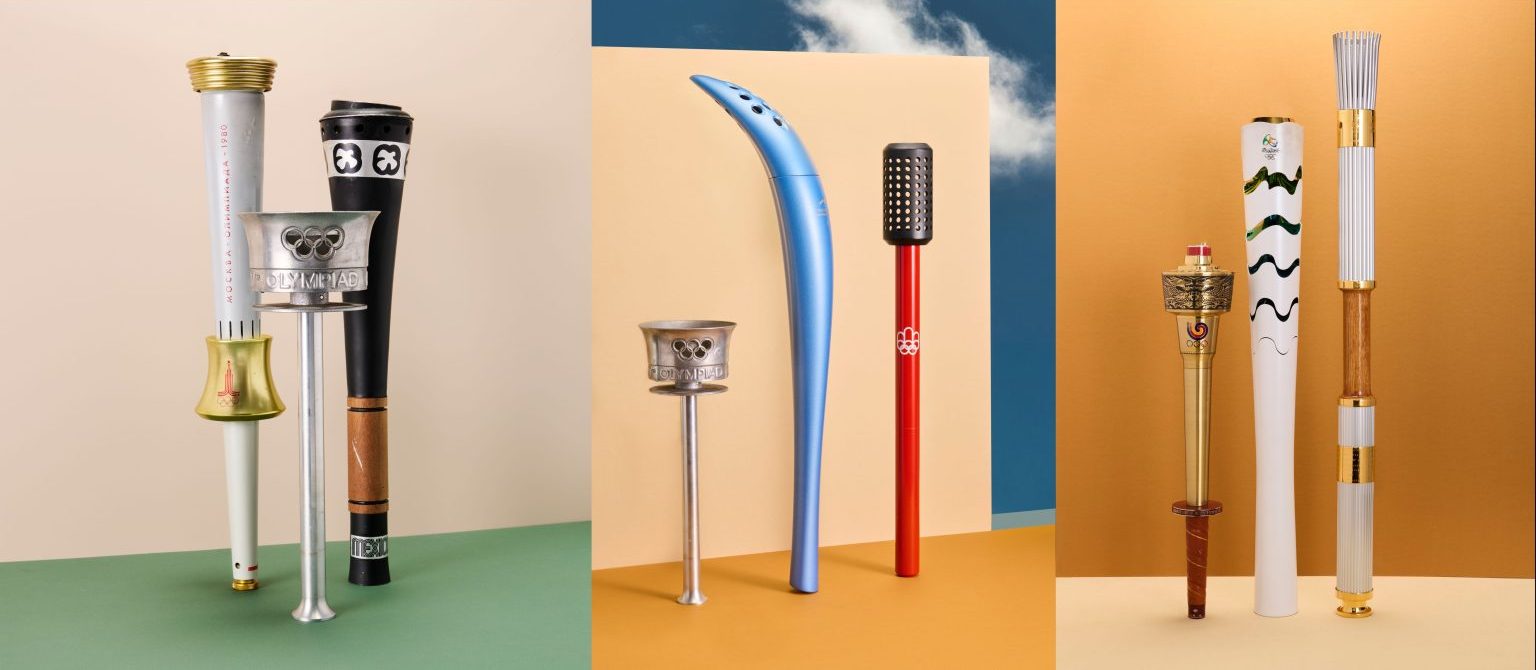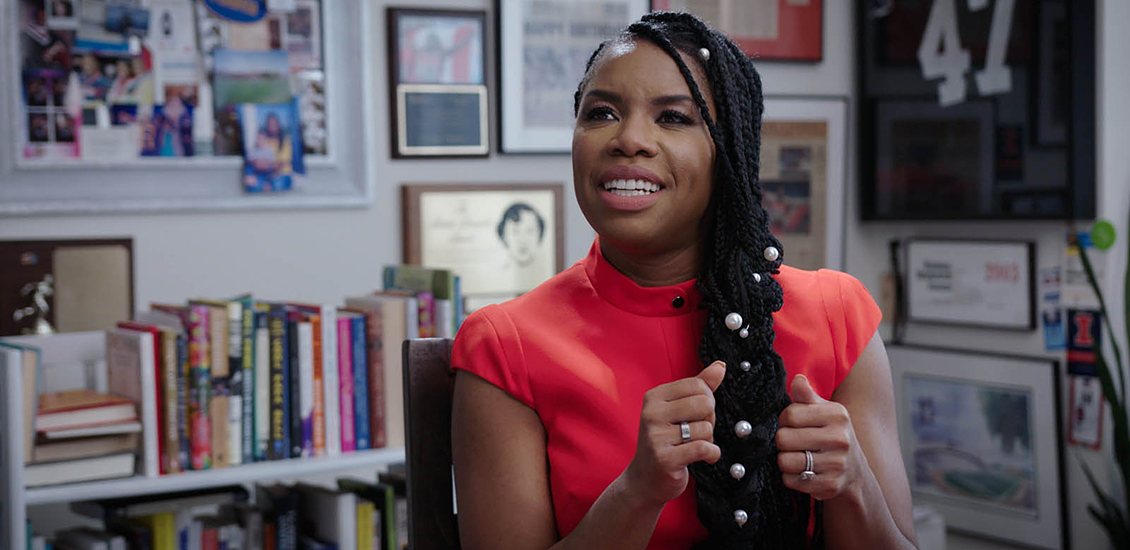February 2025: Canada’s gutsy 3–2 overtime victory against the United States in the Four Nations Cup came at just the right time.
With looming tariffs and alarming talk of US annexation, the outcome of the game took on outsized meaning. It seemed as if Canadian pride and sovereignty were on the line. Over a quarter of the population — 10.7 million Canadians — tuned in. After the game, former Prime Minister Justin Trudeau posted on X: “You can’t take our country — and you can’t take our game.”
Sports are rarely just about sports. And it can be easy to forget that sports have history. How sports are organized — who gets to play, and in what circumstances — are not fixed or inevitable. Neither are the meanings we give them.
So why does hockey, more than any other sport, stir up such powerful ideas about Canada as a nation? And as Canada changes, what happens to hockey?
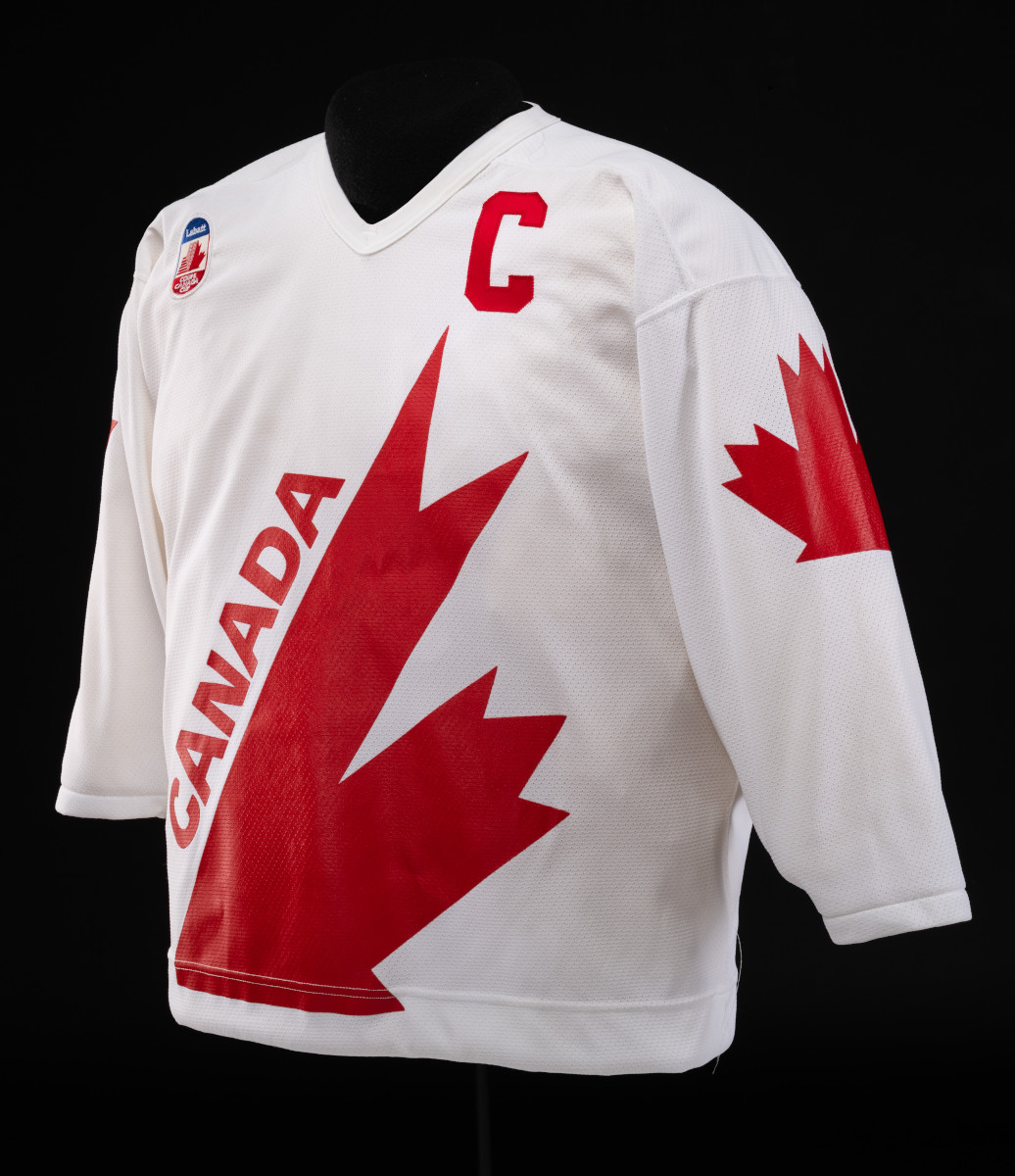
Team Captain’s jersey from the 1991 Canada Cup. National pride and national imagery have long been wrapped up in international hockey competitions.
Canadian Museum of History, 2023.85.1
Hockey nation
National symbols are woven into international hockey competitions like the Four Nations Cup. Anthems and flags are just the beginning. Passionate fans wear national colours, paint their faces and publicly ride the highs and lows of cheering for a team. Fandom includes pageantry and public ritual in a communal and generational experience that is shared and passed down.
This is easy to see in international competitions, but they are relatively few and far between. The Four Nations Cup was a one-off. It was a temporary offer replacing the NHL’s 2025 All-Star Game. There is also a broader, everyday well of hockey experience and culture that Canada draws on to help define our national identity.
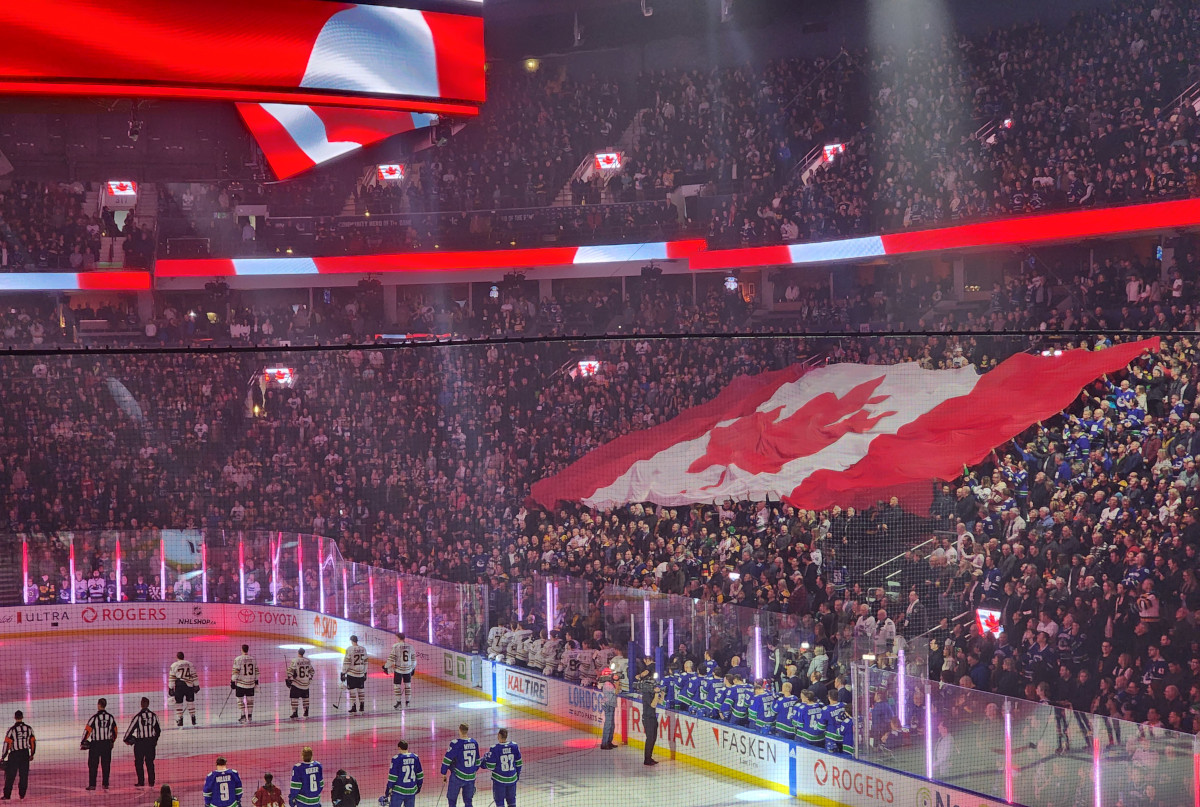
Vancouver Canucks–Boston Bruins game in Vancouver. Fans frequently display national symbols when Canadian teams play.
Flickr / Joe Shlabotnik
The mythology of hockey involves wintry landscapes, frozen ponds and homegrown heroes. Family bonds and community traditions are built into daily rituals, such as early-morning practice in local arenas and game broadcasts in living rooms. From Molson Canadian to Tim Hortons to Quebec’s recent Bill 90, Canada’s popular, commercial and legislative realms are chock-full of hockey.
Hockey offers a collective experience, a way to relate. And as Prime Minister Trudeau’s post indicates, hockey helps us tell stories about the nation, about who we are and who we want to be.
The changing face of hockey in Canada
Hockey, like Canada, is ever-changing.
When we say “hockey” we often implicitly mean “men’s hockey.” But there are more girls and women registered to play hockey than ever before. After two wildly successful seasons, the Professional Women’s Hockey League is set to expand to 10 teams.
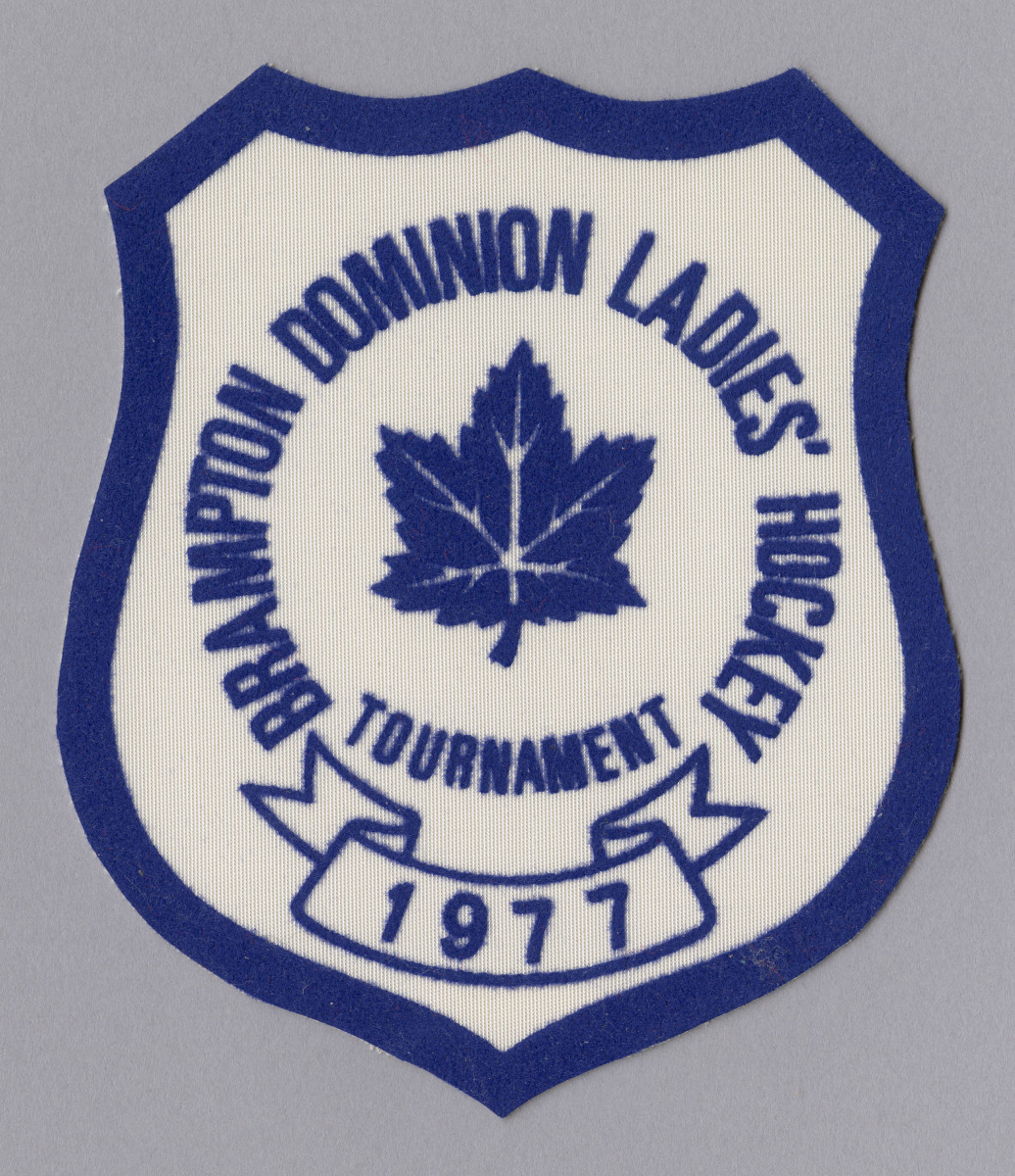
Women’s hockey has been active and popular in Canada since the late 1800s. The Dominion Ladies’ Hockey Tournament was launched to celebrate Canada’s centennial in 1967 and featured 80 teams by 1977. This badge belonged to Justine Blainey, a hockey player and activist. She fought and won important legal cases that struck down gender discrimination in Canadian sports.
Canadian Museum of History, 2015.96.22
Athletes have been on the forefront of calling out racism and homophobia in hockey, and demanding change. Recovering hockey’s history broadens our assumptions about who plays hockey and loves and identifies with the game. Examples include the Coloured Hockey League of the Maritimes and Indigenous hockey players like Jim Neilson (Nehiyaw/Cree). Broadcasts of Hockey Night in Canada have included commentary in English, French, Plains Cree, Inuktitut, Cantonese, Mandarin, Hindi, Vietnamese, Tagalog, German and Arabic.
Troubling aspects of hockey culture have been debated more openly in recent years. Many commentators, experts and fans have raised questions about the valorization of fighting. And we have a lot to learn as a nation from the allegations of abuse and assault brought forward by people like Theo Fleury and E.M.
Amidst change, lots remains the same. Hockey is still full of stories of scrappy underdogs and stacked odds, of joy, triumph and heartbreak. Hockey still illustrates the brilliance, the dignity and the messy humanity of people who live — and have lived — in Canada.
The future of hockey in Canada
Part of what people like about sport is that in any given match or competition, it’s hard to predict what’s going to happen next. The future of hockey in Canada feels a bit like that.
We know there is a gap between the rhetoric of Canada being a “hockey nation” and the realities on the ground.
For decades, Canada has been experiencing population growth. But there has not been a corresponding investment in local sport and recreation facilities. Historically, events like the Olympics or Expo 67 spurred the construction of sports infrastructure. But routine construction and maintenance of hockey facilities have not kept pace with the population. Critics often call for more investment.
Sports tell us stories about who we are and who we want to be.
At the same time, the sports Canadians play are shifting. Most Canadians over the age of 15 prefer to swim, cycle or run. Many newcomers choose soccer, tennis or basketball over Canada’s traditional winter sports. Hockey Canada reports an overall decline in youth participation. High costs and heavy commitments are consistently identified as barriers to entry.
Some communities are working to address these problems. Equipment shares for newcomers offer a cost-effective way to discover the sport. Rinks across Canada are becoming more accessible. New, entry-level programs for para hockey permit people with and without disabilities to play together.
Hockey is not relegated to the past in Canada. It is actively being enjoyed, celebrated, challenged and redefined in the present.
Sports tell us stories about who we are and who we want to be. The complicated history of hockey and Canada’s national identity will only continue to evolve as the 21st century unfolds.

Sarah Barnes
Sarah Barnes joined the Museum in 2023 as Curator, Sport and Leisure. She is a former Assistant Professor of Experiential Studies in Community and Sport at Cape Breton University, and holds an MA and a PhD from the School of Kinesiology and Health Studies at Queen’s University.
Read full bio of Sarah Barnes
